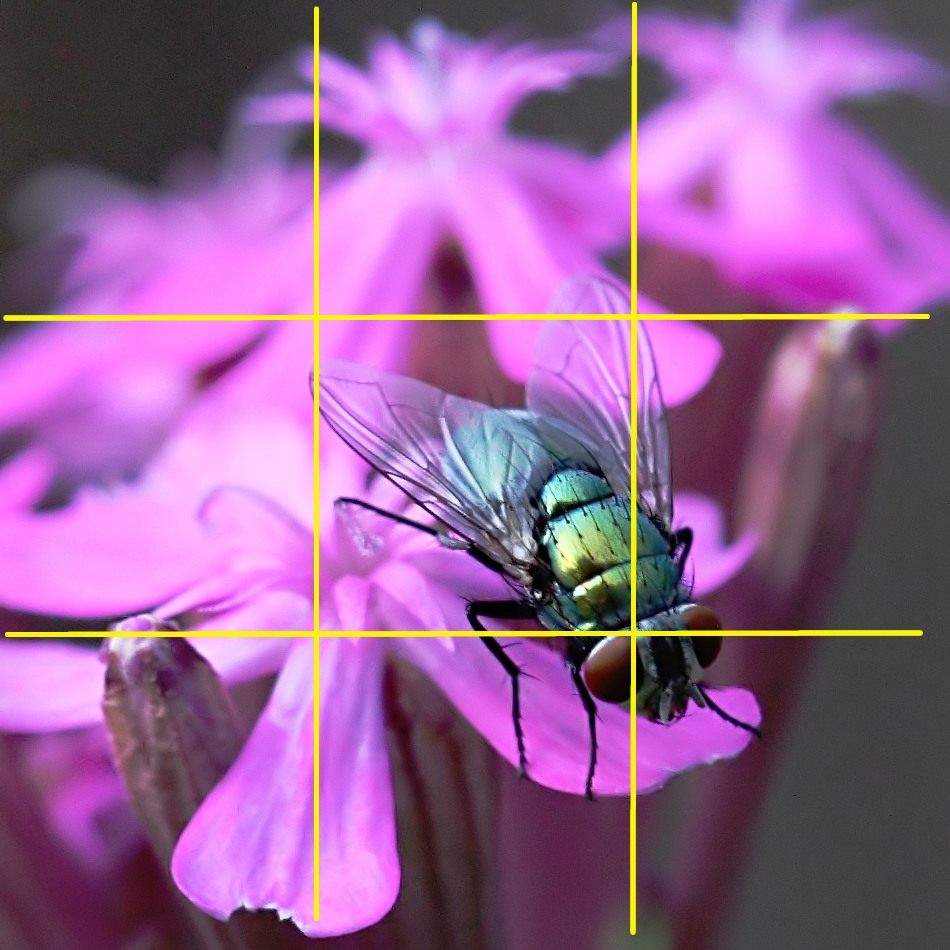Here's how it works:
When you are looking through your camera, imagine a tic-tac-toe board drawn evenly across the entire frame. Instead of putting your subject in that center box, put them at one of the points where the tic-tac-toe lines cross.
Here are a few examples:
(Click on the photo to see a larger version without the lines.)




As you can see from the examples above, you don't have to be 100% accurate about placing your subject exactly at the intersection of the lines, but I hope you're seeing how effective off-center framing can be.
Horizons:
The Rule of Thirds applies to horizons as well. When it comes to horizons, our tendancy is often to place it right in the middle of the photo -effectively splitting the photo into 50% sky, 50% land. But if you place the horizon at one of the 2 horizontal tic-tac-toe lines, it will often lead to a more nicely composed photo.
Again, here are some examples:
(And again, you can click on the photos for larger versions without the lines.)


More of a suggestion than a rule?:
It's important to experiment with this rule to get a feel for it and to overcome the natural tendency to put either the subject or the horizon in the middle of the frame. But, after you've gotten over your bad center-of-the-frame habits, you may find situations where it's difficult to follow the rule of thirds, or times when you just think framing a subject in the center works for you. If you know why you're doing it -feel free! As you excel, you'll come to see that the rule of thirds is more a suggestion than a rule, but when you're first starting out it's a good idea to try to follow it whenever you can.
If you don't understand something or have trouble with any of my tips, feel free to contact me via a comment on this (or any) article, or see my website for my email address and I'll be happy to help you out!
No comments:
Post a Comment